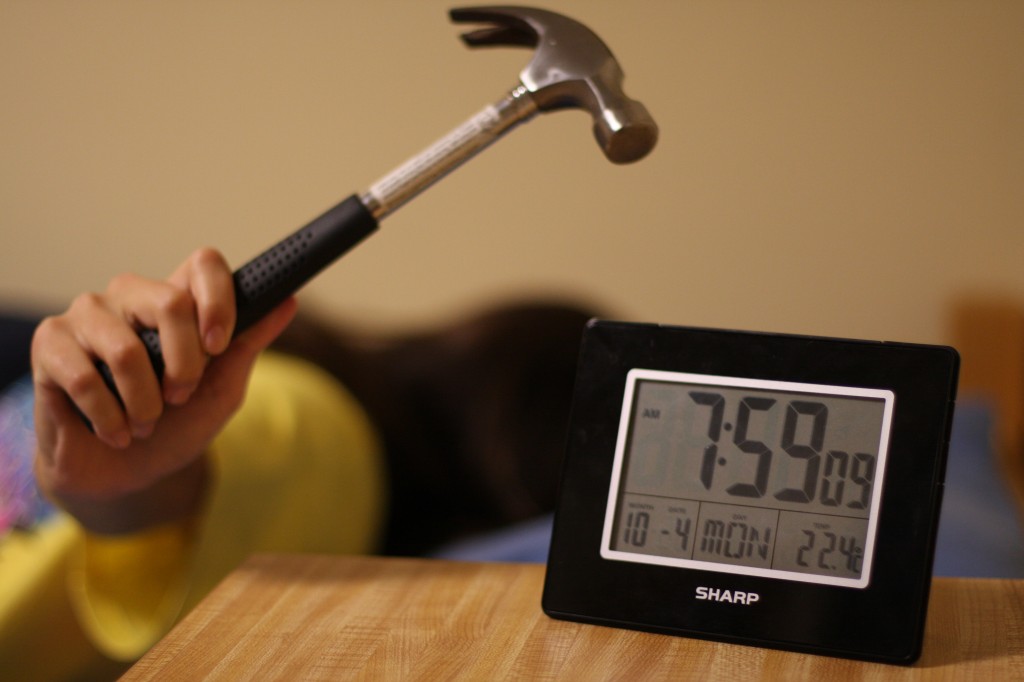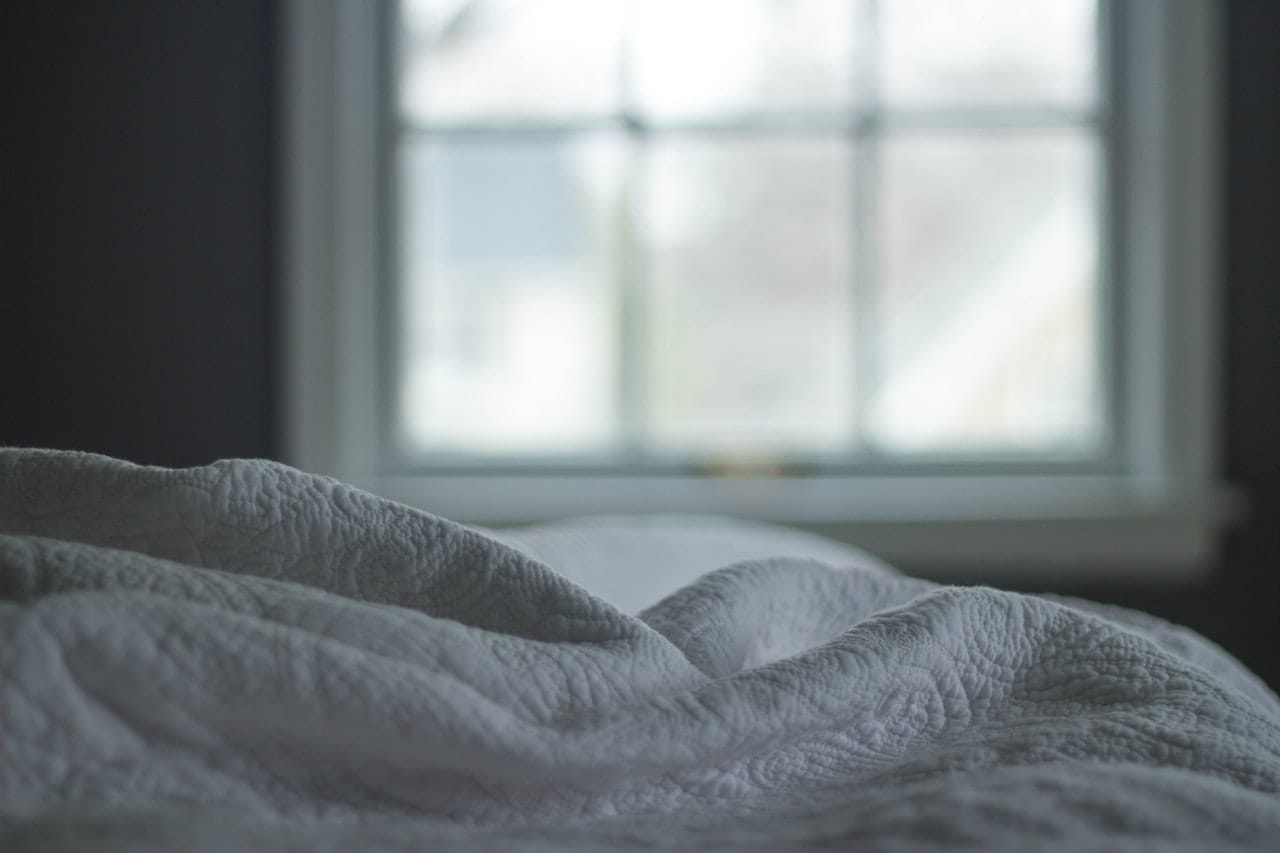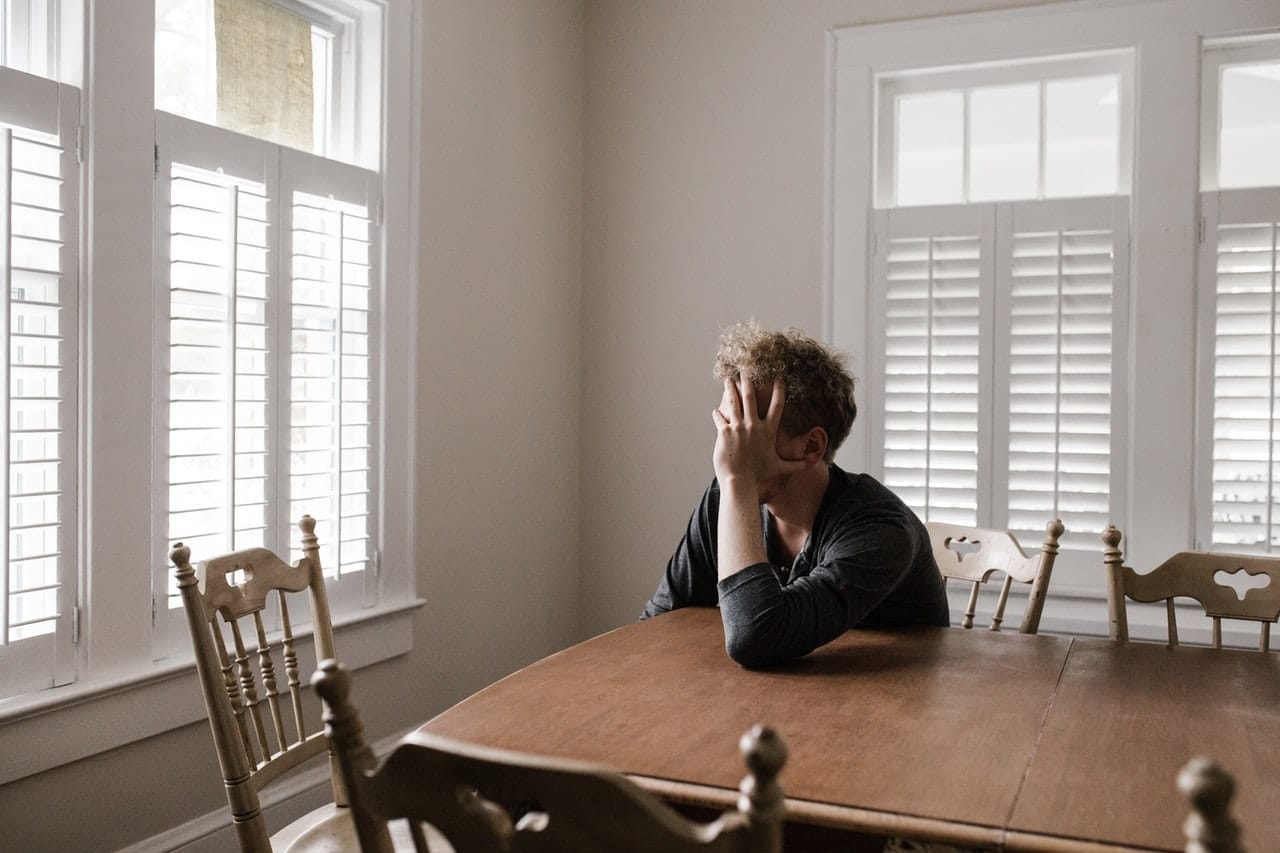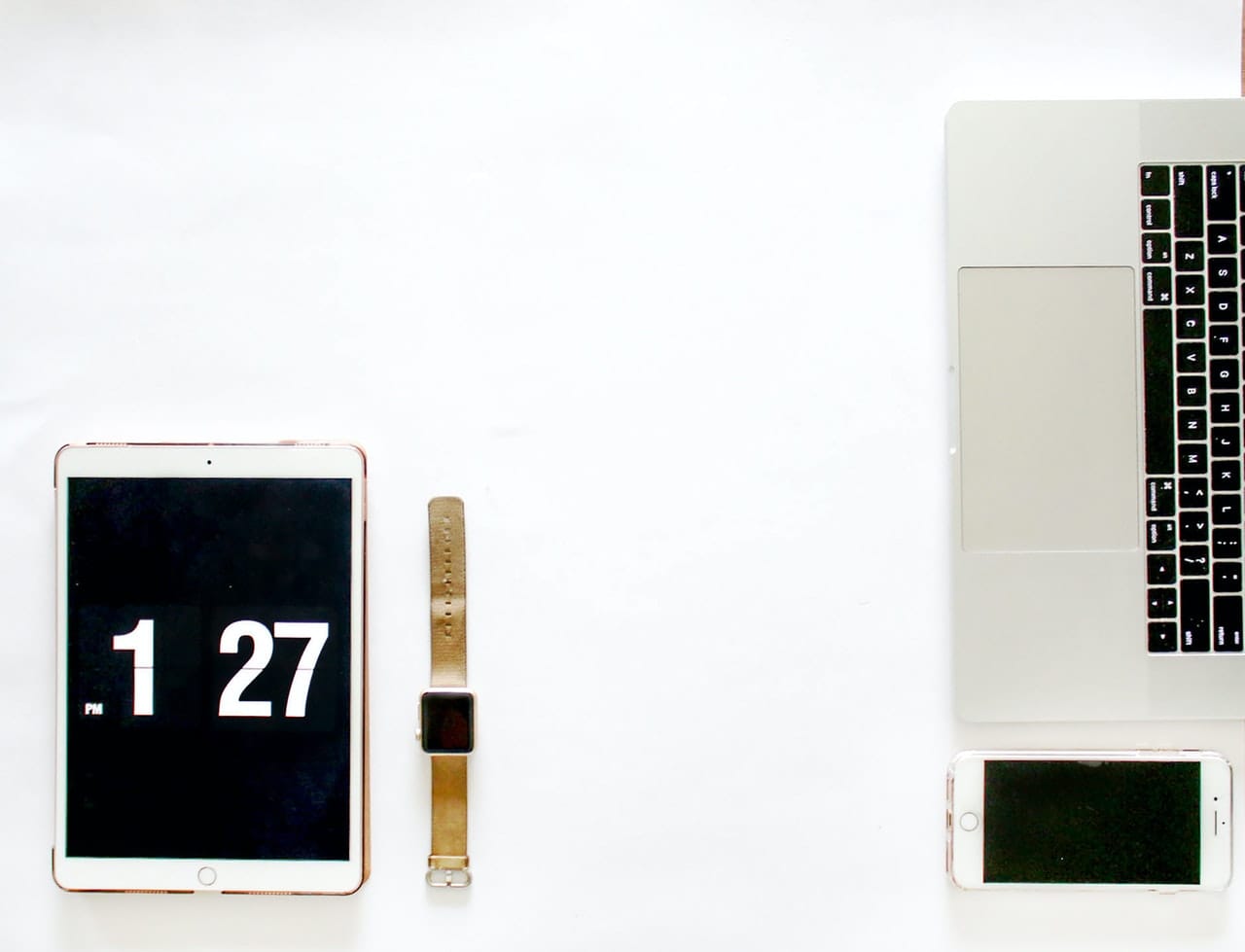It’s a quarter to 7 a.m. and you remain barricaded in a burrito of blankets, deeply dreaming about blue skies and simpler days, when your alarm starts blaring Jack Johnson’s “Banana Pancakes” for what will be the fifth time. You can jolt up like a nutcase and get out of bed or opt for pressing the almighty snooze button because let’s be real— as much as you would like to get through more than the first verse of the song, it’s already been decided that you’re not budging.
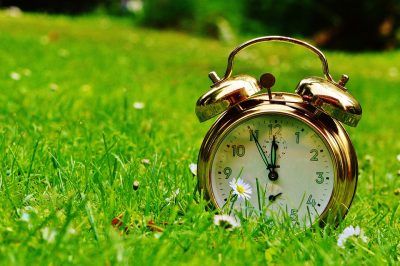
It’s time to face the facts that like most, you’re a chronic snoozer— that is, someone who routinely presses the snooze button multiple times each morning before getting the willpower to get out of bed. This standard practice may have you fooled into thinking you’re catching a few extra Zs in the morning. In reality, these satisfying and seemingly sacred, snooze-induced minutes of sleep may actually be making you more tired throughout the day.
When we are in the process of falling asleep, our brain enters multiple sleep cycles that each last increments of 90 minutes. A full 90 minute cycle allows your brain to retain certain skills you have just learned and can also leave you feeling more refreshed when waking up from your slumber. In the first four stages of the cycle, dubbed NREM (non rapid eye movement) sleep, we move from a state of relaxed wakefulness and light sleep to deep, slow-wave sleep. REM (rapid eye movement) sleep is the last stage of the cycle, known to be the stage where dreaming takes place. During this crucial stage, the brain invokes “safety measures” to stop the possible disruption of sleep, such as incorporating alarm sounds in dreams and experiencing phenomenons such as waking up in a dream.
When you hit snooze, you lose— what could potentially be a full cycle of sleep. Falling asleep in between snoozes essentially starts an entirely new cycle of sleep that is never seen to completion. This disruption induces “Sleep Inertia,” the psychological state of mind one experiences in the moments after waking up, often characterized by grogginess and a decline in motor dexterity. In other words, your body is still in sleep state and may stay in this state for anywhere from 15-30 minutes to 4 hours. By disrupting your sleep cycle, you’re more likely to experience a lower quality of sleep that leads to problems concentrating throughout the day such as a lack of energy, lethargy, and weariness.
[caption id=“attachment_7976” align=“alignnone” width=“700”]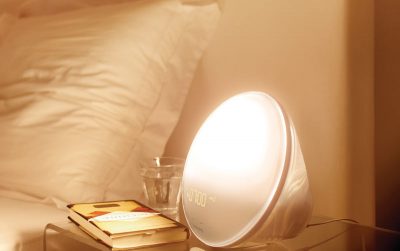 Philips HF3520 Wake-Up Light With Colored Sunrise Simulation | AMAZON[/caption]
Philips HF3520 Wake-Up Light With Colored Sunrise Simulation | AMAZON[/caption]
By challenging yourself each morning and fighting the urge to go back to sleep, you are more likely to have heightened energy throughout your day and less likely to wake up in a state of “sleep inertia.” There are a few ways to actively work toward breaking the snoozing habit, one of which is by bracing yourself the night prior for the time you have set your alarm for. Alarm clocks such as the Philips Wake-up light are also a great way to gradually wake up into a cognitive state of mind. The revolutionary alarm clock operates using a concentrated bright light to naturally wake you up and the sunlight feature on the clock glows a dim-orange 30 minutes prior to your alarm going off. This allows you the time to properly wake up, feeling energized and ready to take on the day.
What may seem like a harmless habit fixed upon on snagging a few more minutes in bed happens to be one of the reasons you may wake up feeling more tired than you should, after a long night’s sleep. Put your snooze addiction to rest by making the commitment to wake up at a certain time (preferably the same time every day) and start making the necessary moves, for a healthier, happier you.
